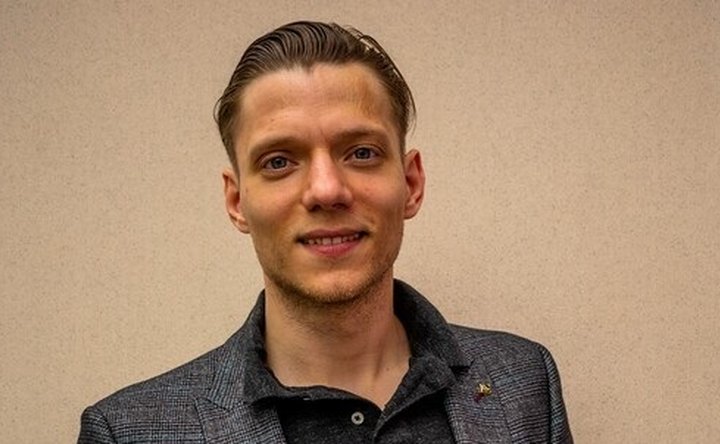Pitfalls remain with giving Ukraine modern fighter jets
Fast-tracking pilots training would mean they could fly new jets in six weeks (Photo: USAF/Senior Airman Noah Sudolcan)
While there are no definite plans for NATO allies to send fighter jets to Ukraine, speculation continues as to how Ukrainian Air Force pilots could be trained swiftly if they were to receive F-16s or Typhoons.
The US claimed that it managed to turn 155mm howitzer trainees into instructors rapidly and needed only to pull away a minimal amount of soldiers from the battlefield, but it could hardly do the same with advanced multirole fighter aircraft.
Conversion to a new aircraft usually takes about six months for limited combat readiness. Some veteran pilots claim that, if operational reasons demanded, an experienced
Already have an account? Log in
Want to keep reading this article?
Read this Article
Get access to this article with a Free Basic Account
- Original curated content, daily across air, land and naval domains
- 2 free stories per week
- Personalised news alerts
- Daily and weekly newsletters
Unlimited Access
Access to all our premium news as a Premium News 365 Member. Corporate subscriptions available.
- Original curated content, daily across air, land and naval domains
- 14-day free trial (cancel at any time)
- Unlimited access to all published premium news
More from Ukraine-Russia News: Technology and Equipment Spotlight
-
![Reporting on Russia's invasion of Ukraine (podcast)]()
Reporting on Russia's invasion of Ukraine (podcast)
In a new-look Shephard Defence Podcast, the news team discusses the rapidly-evolving situation in Ukraine and latest developments following Russia's unprovoked invasion.
-
![Italy may donate 155mm howitzers to Ukraine]()
Italy may donate 155mm howitzers to Ukraine
Ukraine could obtain more 155mm howitzers — this time from Italy — as Kyiv seeks to tip the artillery balance against Russia.
-
![Germany mulls supplying IRIS-T to Ukraine]()
Germany mulls supplying IRIS-T to Ukraine
Will Germany decide to provide ten medium-range SAM systems to Ukraine?
-
![Reina Isabel returns to port after partial failure to complete Ukraine delivery]()
Reina Isabel returns to port after partial failure to complete Ukraine delivery
The Spanish Navy support vessel Reina Isabel returned to its homeport on 13 May after a mission to deliver arms, ammunition and Ukraine — although Kyiv did not receive everything it expected.
-
![Down, but not out (Comment)]()
Down, but not out (Comment)
The sinking in April of the Russian Navy’s Black Sea flagship, although not evidence of a major change in the naval domain, is a far cry from the pre-emptive scuttling of Ukraine’s own flagship. The donation of increasingly advanced materiel demonstrates increased faith in Ukraine’s ability to resist the Russian invaders.
-
![DoD reveals new assistance package for Ukraine]()
DoD reveals new assistance package for Ukraine
The latest security assistance package from the DoD for Ukraine comprises 25,000 of 155mm artillery rounds, three AN/TPQ-36 counter-artillery radars, electronic jamming equipment, field equipment and spare parts.
























